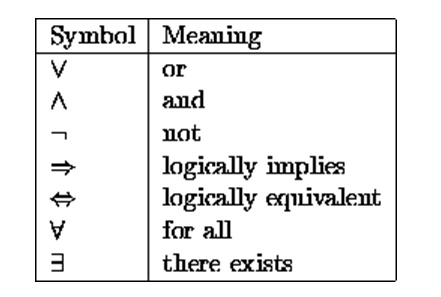Chapter: Software Architectures : Documenting the Architecture
Formal Methods
Formal Methods
What
Are Formal Methods
• Formal
methods refers to a variety of mathematical modeling techniques that are
applicable to computer system design.
• They
include activities such as system specification, specification analysis and
proof, transformational development, and program verification.
Definition
“ Formal methods are mathematical approaches to
software and system development which support the rigorous specification,
design and verification of computer systems.” [Fme04]
“[they]… exploit the power of mathematical
notation and mathematical proofs. “ [Gla04]
Seven Myths of Formal Methods
1. Formal
methods can guarantee that software is perfect.
2. Work
by proving that programs are correct.
3. Only
highly critical systems benefit from their use.
4. They
involve complex math.
5. They
increase the cost of development.
6. They
are incomprehensible to clients.
7. Nobody
uses them for real projects.
History
• Formal
specifications have been in use since the early days of computing.
– 1940's: Turing annotated the properties of
program states to simplify the logical analysis of sequential programs.
– 1960's: Floyd, Hoare and Naur recommended using
axiomatic techniques to prove programs meet their specifications.
– 1970's: Dijkstra used formal calculus to aid to
develop of non-deterministic programs.
• The
interest in the use of formal methods in software engineering has continued to
grow.
Definition
"Formal
is often confused with precise".
A
formal specification consists of three components:
i.
Syntax - grammatical rules to determine
if sentences are well formed
ii.
Semantics - rules for interpreting the
sentences in a precise, meaningful way within the domain
iii.
Proof Theory - rules for inferring
useful information from the specification
What are Formal Methods?
§ Notation
with precise syntax and semantics
§ Doesn’t
necessarily involve mathematics
§ Although
mathematics is a formal notation
§ There
are levels of formulization.
§ Techniques,
methods, procedures, tools can support levels
Types of Formal Methods
A
variety of formal methods exist:
– Abstract
State Machines - The Abstract State Machine (ASM) thesis implies that any
algorithm can be modeled by an appropriate ASM.
– B-Method
- B is a formal method for the development of program code from a specification
in the Abstract Machine Notation.
– Z
– A specification language used for describing computer-based systems; based
set theory and first order predicate logic
– “Unified
Modeling Language (UML) provides system architects…with one consistent language
for specifying, visualizing, constructing, and documenting the artifacts of
software systems..”
• Visual
notation for OO modeling
• Extensible
• Independent
of programming languages
• Formal basis for understanding the modeling language
Other Types of Formal Methods
Others
types include:
– CommUnity
– Estelle
– Esterel
– Lotos
– Overture
Modeling Language
– Petri
Nets
– RAISE
– SDL
– TRIO,
Unity, and VDM
– Any
programming language
Predicate Calculus
• The
first order predicate calculus is a formal language for expressing
propositions.
• A
properly-formed predicate calculus expression is called a well-formed formula
or WFF (pronounced wiff).
• Constant
• Variable
• Predicate
• Function
• Connective
• Quantifier

1. Whoever
can read is literate.
2. Dogs
are not literate.
3. Some
dogs are intelligent.
4. Some
who are intelligent cannot read.
1.
"x
[R(x) ÞL(x)]
2.
"x
[D(x) ÞØR(x)]
3.
$x
[D(x) Ù
I(x)]
4.
$x
[I(x) ÙØ
R(x)]
Do we really need Formal Methods?
Design errors
Potential
causes of failure include:
– physical
failure
– human
error
– environmental
factors
– design errors
-
Design errors are the major culprit.
The promise of Formal Methods
Formal
methods are needed to:
– Improve
SW Quality
– Reduce
cost of verifying system
– Improve
quality and rigor of entire development process
– Reduce
specification errors and provide a rational basis for choosing test data
– Explore
the properties of a design architecture
Weaknesses in Formal Methods
• Weaknesses:
– Low-level
ontologies
– Limited
Scope
– Isolation
– Cost
– Poor
tool feedback
Success of Formal Methods
There are many examples of successful
and cost-effective systems implemented using formal methods.
– Mainly
in domain of transportation systems
– Also
in domains such as:
• information
systems
• telecommunication
systems
• power
plant control
• security
Related Topics